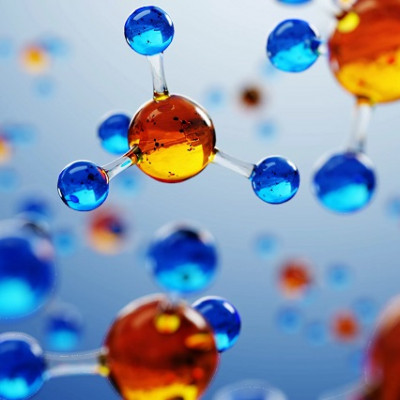
2022-08-12
Visited : 641
Researchers in China are revealing the potential of single-atom catalysts for stimulating electrochemical reactions.
Catalysis researchers have long sought to move from a trial-and-error approach to rational design, and scientists have recently developed a series of catalyst synthesis techniques. Among them, Dingsheng Wang, a nanocatalyst specialist at Tsinghua University in Beijing and an editor for Nano Research, is dedicated to manipulating and synthesising catalytic materials at the atomic level to maximize the performance of metal catalysts for real-world applications.
Single-atom catalysts (SACs) — which involve isolated, single metal atoms — have emerged as the next generation of catalysts. Compared to nanoparticles or clusters, SACs provide great activity per metal atom and may outperform traditional catalysts in various industrial chemical reactions.
“When metal catalysts are downsized to the single-atom limit, new characteristics emerge, such as a sharp increase in quantum size effects, fully exposed active sites, and strong metal-support interactions,” explains Wang, who was a recipient of one of the Nano Research Young Innovators (NR45) Awards in 2019. “These features can alter the pathways and energy profiles of chemical reactions at metal centres to improve catalytic performance.”
Given such impressive properties, Wang and his team investigated the potential and adaptability of SACs across a range of chemical reactions. In 2021, Wang synthesized an iridium single-atom (Ir-SA) heterogeneous catalyst by implementing a two-step thermal degradation. This Ir-SA catalyst was then employed to catalyze the insertion of the organometallic complex, carbenoid, into O–H bonds with up to 99% site selectivity, resulting in efficient formation of C-O bonds for organic synthesis.
A challenge to achieving real-world industrial applications for SACs, according to Wang, is the precise regulation of the catalytic materials at their single-atom limit. Atom trapping is a viable method for developing thermally stable SACs. It captures volatile metal oxide emitted from the surface of scarce precious metals on to suitable support at high temperatures, through strong metal–support interactions, and yields oxidized metal SACs.
However, this method is often limited by defect tolerance and activity loss. Wang’s work enables a precise and controllable vacancy concentration gradient perpendicular to the catalyst surface, which enhances cathode performance in a solid-oxide fuel cell and allows for scalable single-atom extraction.
Wang is an inspiring scientist in the catalysis community, performing cutting-edge research and contributing to the growth of the discipline. He is highly regarded for his work at Nano Research, a peer-reviewed, international journal, sponsored by Tsinghua University and the Chinese Chemical Society- journal that focuses on all aspects of nanoscience and nanotechnology and includes comprehensive reviews and original research from scientists around the world.
Wang and his research received significant support — including invitations to present at the Nano Research Frontier Forum and other academic conferences sponsored by the journal to expand the presence of his work in SACs. In turn, he strives to build an academic exchange platform, along with the journal, to inspire scientists at home and abroad.
“Single-atom catalysis is such a ground-breaking concept for researchers worldwide, but is still a long way from real-world applications,” says Wang. “It requires combined efforts of so many, and I believe more exciting advances are just around the corner.”
Read the original article on Nature.